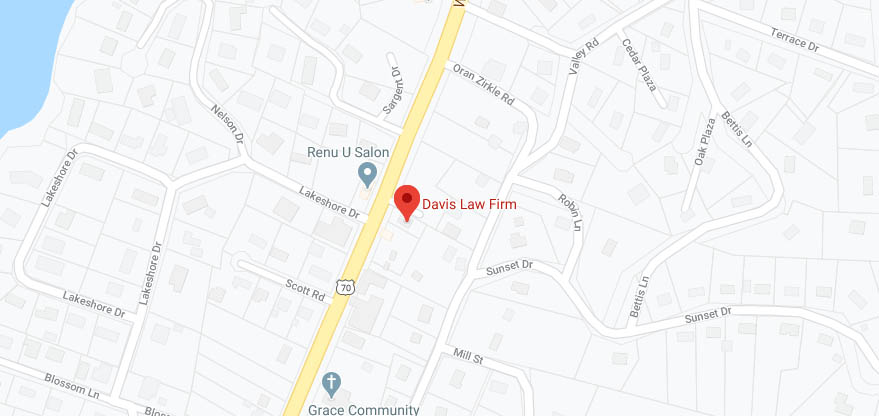Divorces that involve children are often the most difficult to go through for parents who are emotionally invested in their children. Court decisions regarding child custody and visitation con come off as cold and hurtful. Out of all of this, there is some good news. Family courts make child custody decisions based on the best interest of the child standard, a rule designed to protect your children’s well-being. You can also fight back with the help of a Tennessee family law lawyer if you feel like the child custody orders are unfair.
Best Interests of the Child Standard
The standard is followed by all family courts and is used for legal cases that involve making decisions regarding the future of a child. These decisions vary from adoption to child custody decisions. Family courts also make decisions regarding child custody that consider the maximum participation possible for both parents. However, certain other factors may affect this.
Some of these other factors include the relationship of the child with each parent. Courts will look at parent factors like parenting history, the ability of each parent to provide basic resources like food, emotional ties to the
child, and the health of each parent. The health of each parent is not limited to physical health, but also involves looking at mental health. Parents with serious and debilitating mental health conditions may be prevented from acquiring sole custody of their children.
A history of physical or emotional abuse or neglect to the child will be taken into account. Domestic violence cases may be looked at. If the child is at least twelve years old, the court will consider what the child prefers as the outcome of the child custody decision, whether this is joint or sole custody.
Technical aspects like parent job schedules, the child’s involvement with their school, and how sole custody could affect the location of the child will all be factors to be considered.
Basics of Child Custody
There are two main , joint, and sole custody. Joint custody allows both parents to take turns raising their children. Sole custody limits the raising of the child to one parent. However, the other parent may be able to visit the child on a scheduled basis, like once a week or only on holidays.
Within these two types of child custody, there are two subtypes called physical and legal custody. Physical custody pertains to which parent the child will physically live with. This type of custody will determine where the child will grow up and may determine which school the child will go to depending on how far apart the parents live. Legal custody lets the parent decide on the child’s education, medical needs, and religion.





